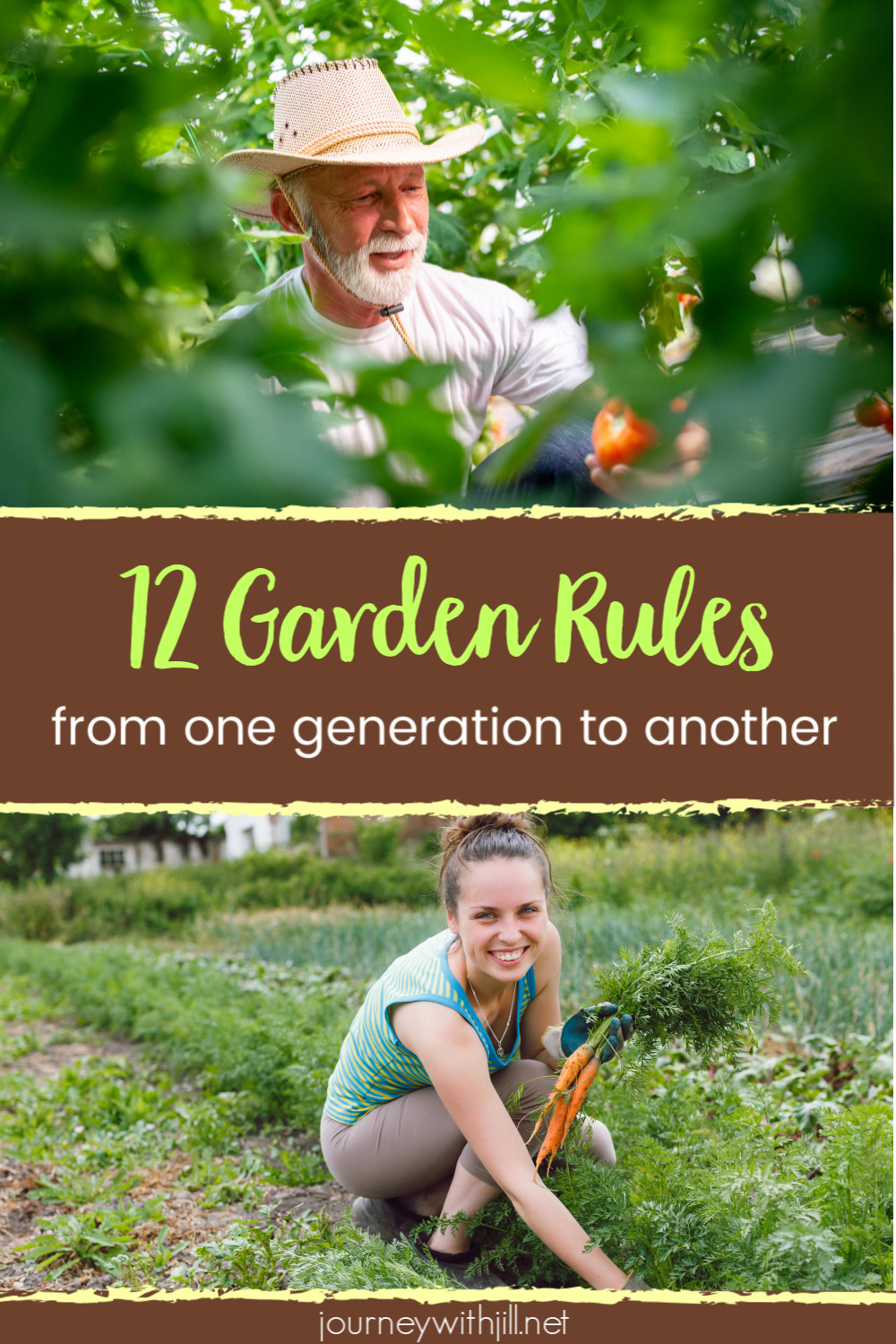12 Garden Rules from One Generation to the Next
As a first-time gardener, I would have given anything to have had a more experienced gardener teach me and guide me. But as it was, I taught myself from online sources, books, and trial and error. Out of that bootstrap learning, I decided I wanted to give other beginning gardeners a leg up, so they didn’t go into this beautiful world of gardening as blind as I did.
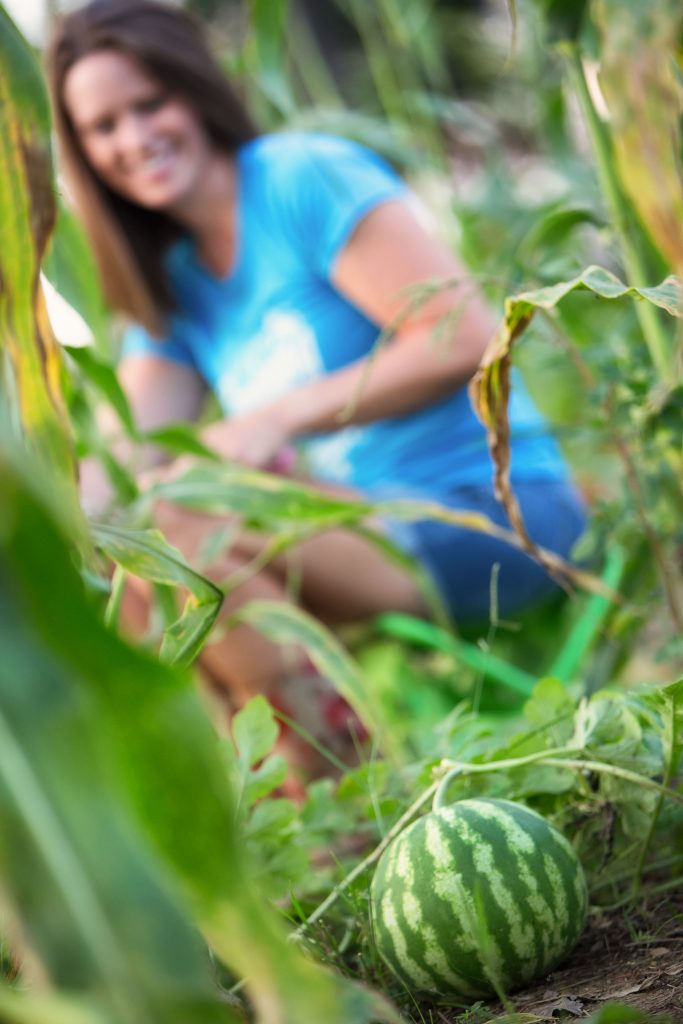
In the early months of the Beginner’s Garden Podcast, I received an email from a veteran gardener from a generation ahead of me. First, I was shocked that he not only listened to the podcast but also seemed to have found value in it. We traded emails frequently and formed a friendship in the years since that first email.
Many beginning gardeners have reached out to me over the years, but this friendship is unique. What I’ve enjoyed so much has been his passion for learning. He doesn’t do things because it’s the way he has always done them. His thirst for knowledge paired with his years of experience offers a vault of knowledge that I’ve been so blessed to be able to draw from. I only wish I had “met” him sooner.
Several months ago, he sent me a list he had created called his “12 Garden Rules.”
With his permission, I share this wise man’s gardening wisdom to you. No matter what your age or experience level of gardening, you are sure to find his advice valuable.
To hear my discussion on these 12 rules, click below to listen to this episode of the Beginner’s Garden Podcast, or continue reading below:
*links below may contain affiliate links
1. The more you give to your garden, the more your garden grows.
I’ve heard it said that the best fertilizer is gardener’s shadow. The more time you spend in your garden, learning what it needs and how your plants grow best, the more your garden will give back to you.
2. Mother nature has the most effect on how your garden grows or does not grow.
When I first started gardening, I wanted to know the right things to do to produce the results I wanted. But that’s not how gardening works. Mother Nature always has the final say. When we adjust our mindset and are ready to go with whatever nature gives us, we will have a lot more peace in how we approach our gardens.
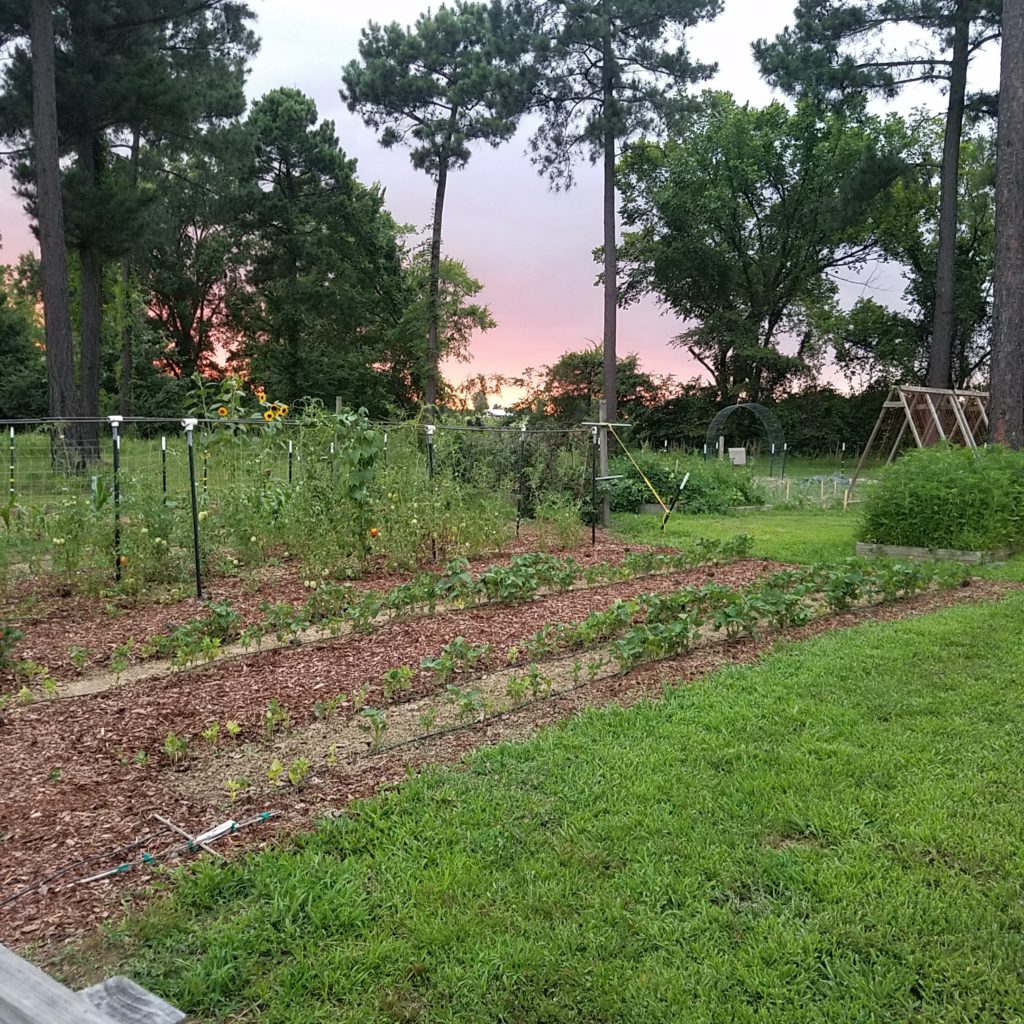
3. Stay organic when it comes to pest and disease control and most of the time on fertilizer.
He goes on to say, “If pests and disease get out of control, throw in the towel and get rid of the problem by removing the plants and proceeding on with Plan B for your next planting.”
I’m a big proponent at looking at the garden holistically instead of finding a solution to one problem at a time. When we use pesticides for one problem, we end up causing other problems for ourselves. Sometimes it’s better to start all over again with a new planting.
While I have committed to stay organic with my pest control and fertilizer, my friend still uses conventional fertilizer sometimes. But he is always testing different organic methods, aiming for the most organic approach possible.
For the home gardener looking to convert to organic, I appreciate his methodical approach.
4. Compost and mulching is a great combination for the garden.
If you’ve been around for long at all, you know that I think both mulch and compost are fantastic for the garden. You can learn more about mulch here and composting here.
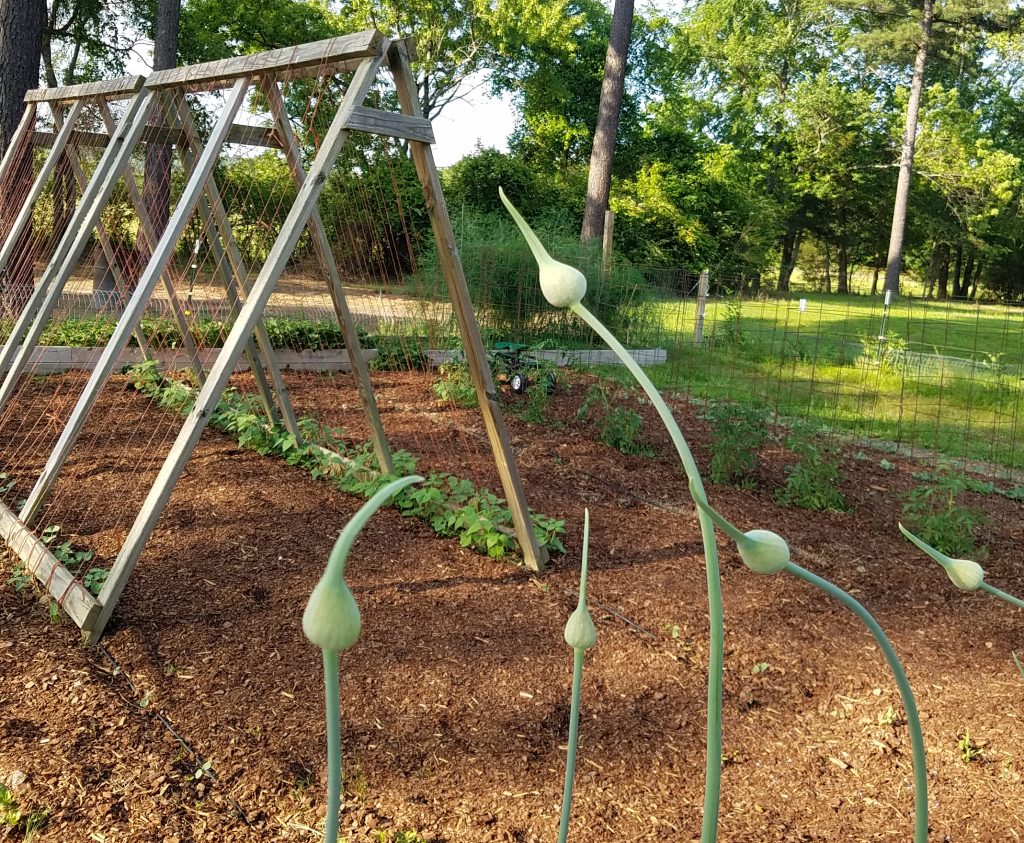
5. Be careful on your watering, you can over do it and you can under do it. Same goes with fertilizing.
Sometimes it’s hard to figure out how much water your plants actually need. You can feel your soil or use a soil meter to help know how much to water. In my experience, we tend to err on the side of over fertilizing.
When you’re working to build your soil by adding organic material year after year, you won’t need as much fertilizer as you think. Testing your soil can be helpful to know what minerals you need and what you don’t need to add.
6. Keep good records on the proper time to plant your garden vegetables.
He goes on to advise, “Be a turtle gardener and do not try to get a jump on your neighboring gardener. Planting too early can lead to less quality fruit and less healthy, possibly frostbitten, stunted, disease-ridden plants.”
The better records I keep, the more I can learn through the years. It helps me to learn when I need to plant certain crops and what I should be watching for from mother nature. You can learn more about when to plant here.
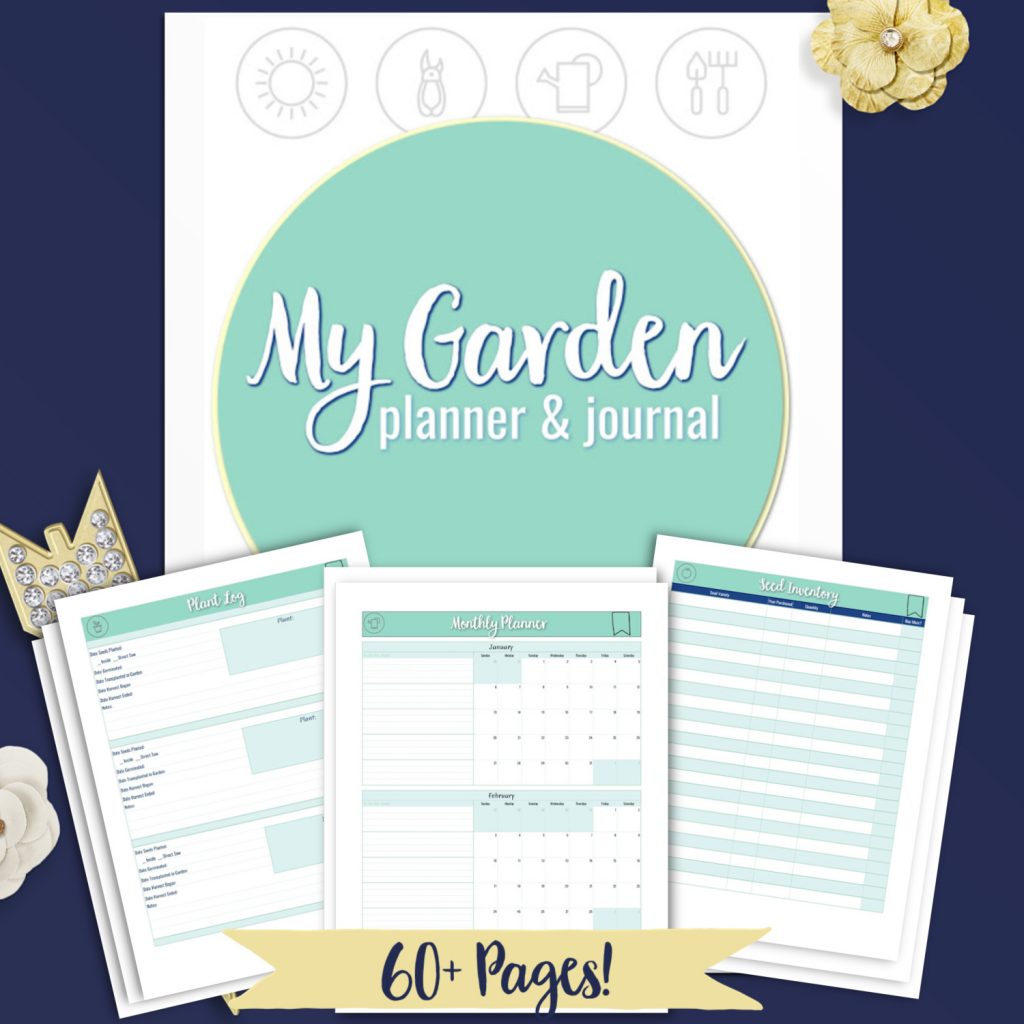
7. Do some research and plant the recommended variety for your area. Follow up and make good records on the varieties that do best for you.
Especially when we can buy seeds in catalogs and online, we should be careful as we choose which varieties of plants to buy. We want to make sure we get the ideal plants for our climates. Ask in local gardening groups what works for others and test in your own garden.
8. If you possibly can, rotate your same crop families to different locations for each and every year.
I’m still working on this one. There are two main reasons to rotate your crops. First, disease issues because some crops are susceptible to to the same types of disease. Second, nutrients because different crops use different nutrients. Corn, for example, uses a lot of nitrogen so you wouldn’t want to follow corn with another crop that needs a lot of nitrogen.
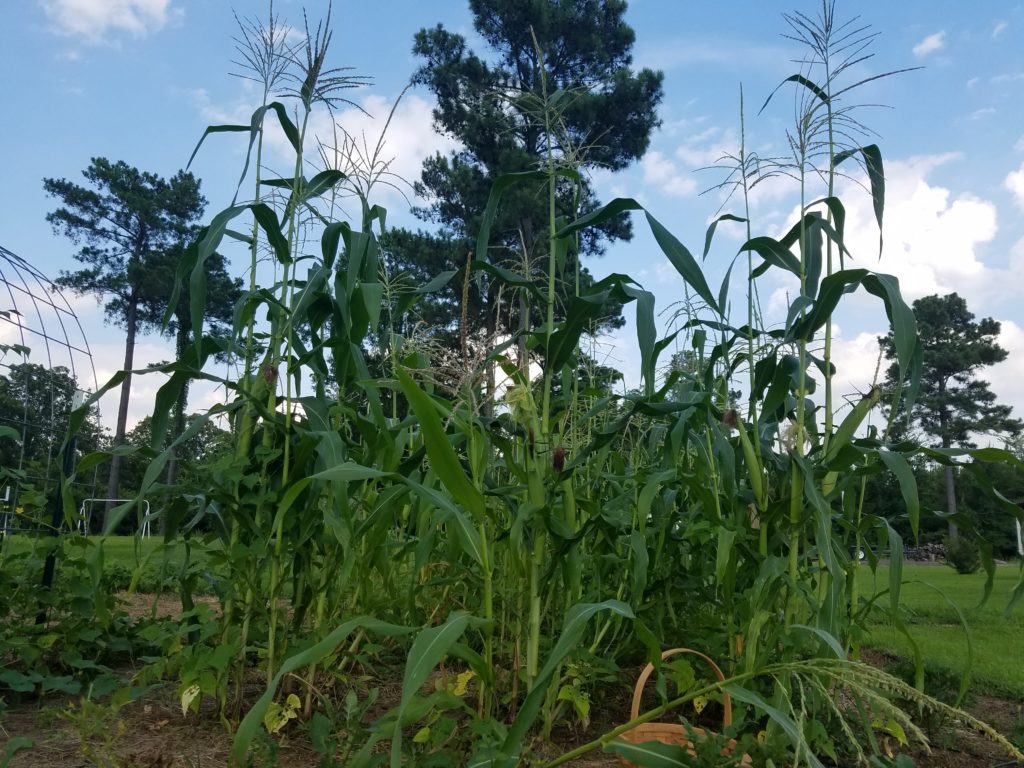
9. Pay attention to the weather forecast and take proper action needed to protect your plants from damage.
I pay a lot of attention to my 10 day forecast in the early spring. It helps me decide how long to wait to plant my tomatoes and other warm weather crops. It also gives me warning if there’s a chance of a late freeze or frost so I can protect my plants as needed.
10. Plant a cover crop for the winter time on your bare garden spots.
Research cover crops and really consider this one. They can do a lot of good in your garden. I have had good success with ryegrass and hairy vetch. This book, Homegrown Humus, is a great place to start.
11. Plant blooming flowers and herbs near your garden to attract beneficial insects.
We talked a lot about this in this post on companion planting and a little when we discussed organic cabbage worm control. When I was a new gardener, I thought there was a place for the vegetables and a place for flowers and they shouldn’t cross paths. I was very wrong! The more I bring flowers into my vegetable garden, the more beneficial insects come and the less I have to deal with harmful pests.
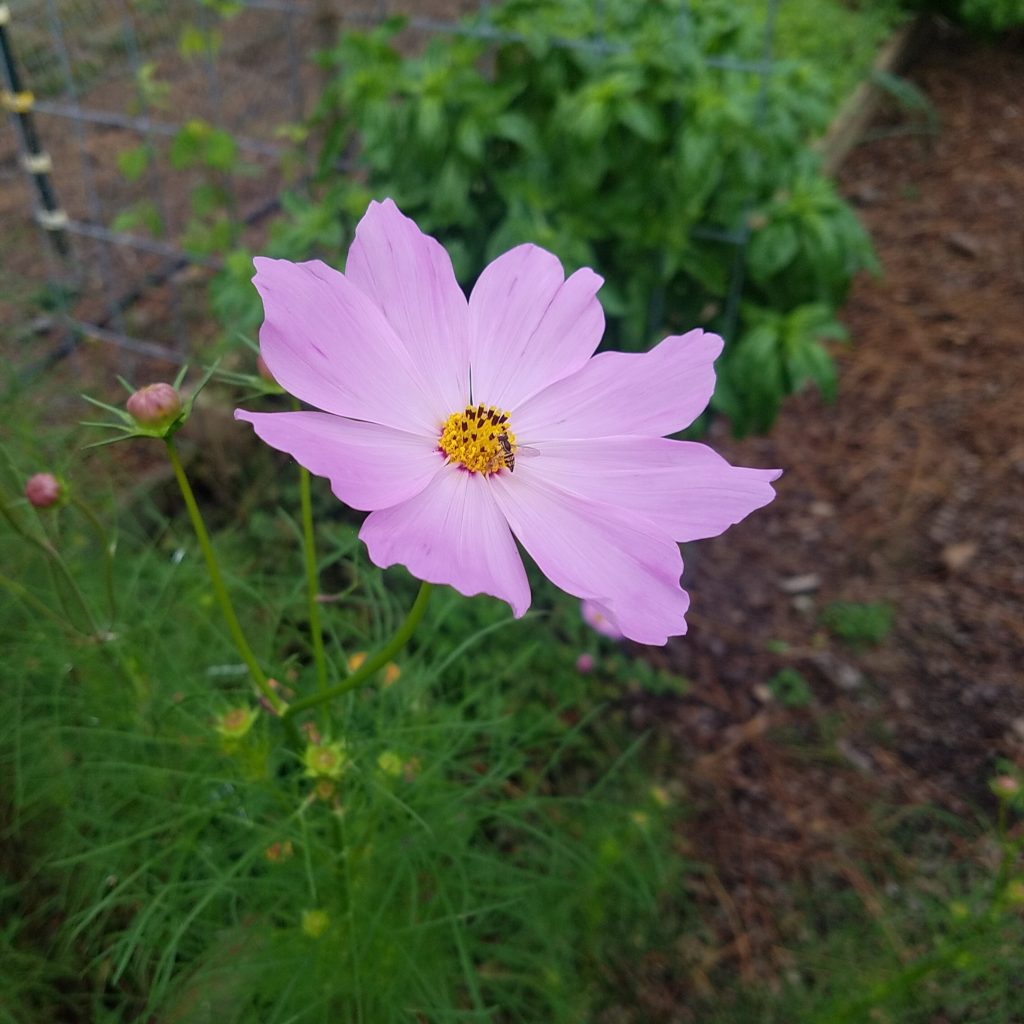
12. You have to treat your garden like a baby to have a successful garden. Take daily observation and proper action as needed to correct the detected problem.
I love getting to go out in my garden every day and see what is going on. If you miss a few days, things can get out of hand quickly. So go ahead and stay on top of things and treat your garden like a baby.
Conclusion
I think if all gardeners wrote out our lists of rules like my friend did, we’d all come up with a slightly different list. In fact, my friend’s was inspired by this one from Farmer Fred. What about you? What “rules” would you include in your list? Comment below and let us all learn from you!
Avoid Common Beginning Gardening Mistakes

Grab this free download and not only discover some of the most common mistakes first-time gardeners make -- but even more important -- learn what to do to avoid those mistakes altogether!
Plus, I'll send you my "In the Garden E-mail" on Fridays, periodic updates on garden resources relevant to you, and get access to my entire bank of free garden downloads!
You are also agreeing to our privacy policy.

